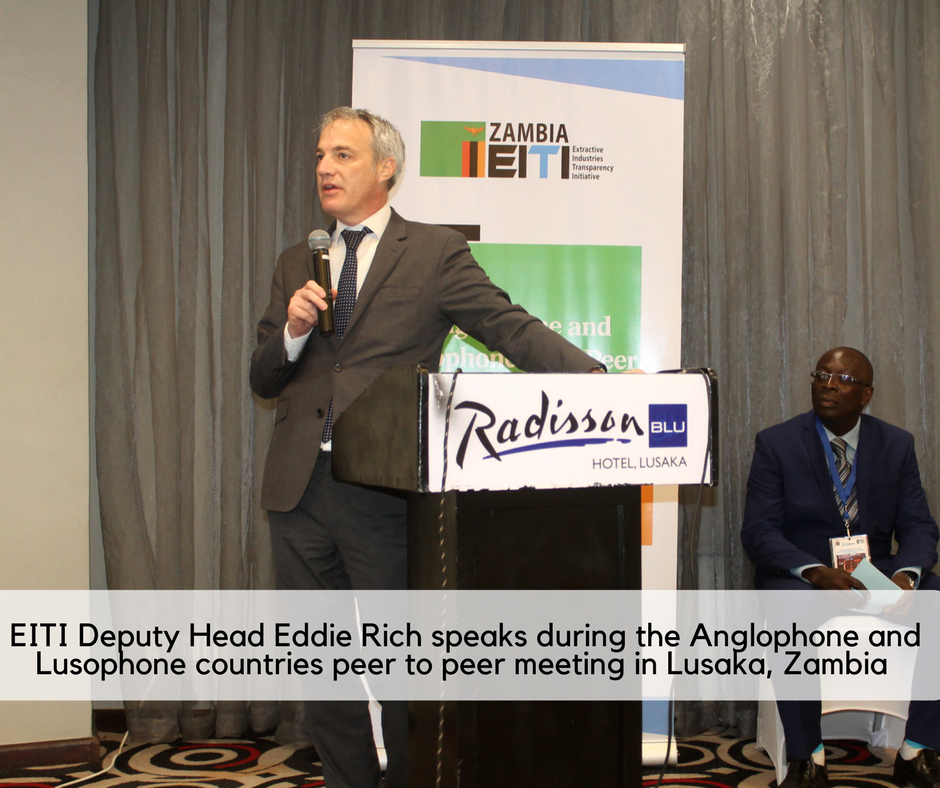Legal Framework & Licence Information
The Ministry of Mines and Minerals Development is responsible for enacting legislations for the mining sector in Zambia. The Mines and Minerals Act (1995) enacted by the Zambian government simplified licensing procedures significantly, placed minimum reasonable constraints on prospecting and mining activities and created a favourable investment environment. At the same time, the act allowed international arbitration to be written into development agreements, if deemed necessary.
In 2008, this act was replaced by the Mines and Minerals Development Act 2008, which ruled that no special agreements should be entered into by the government for the development of large-scale mining licenses and annulled the development agreements concluded under the previous Act.
On 22 December 2014, the Mines and Minerals Development Act [No.11 of 2015] was amended and became effective on 1 July 2015 although the date of assent is 14 August 2015. During 2016, a new amendment, Mines and Minerals Development (Amendment) Act [No. 14 of 2016], was further adopted and became effective on 1st June 2016.
On 23 December 2018, an Act to amend the Mines and Minerals Development Act, [No.11 of 2015] was assented to. This Act came into operation on 1st January 2019. Therefore, the primary law governing the mining sector is the Mines and Minerals Development Act (No.11 of 2015) as read together with the Mines and Mineral Development (Amendment Act [No. 14 of 2016] and Mines and Mineral Development (Amendment) Act [No.18 of 2018].
The Ministry of Mines and Mineral Development (MMMD) deals with mining rights, licences, large scale mining in Zambia, gemstones mining, health and safety, environmental protection, and geologic services on analyses, royalties and charges.
The sector is administered by the Geological Survey Department, the Mines Development Department, the Mining Cadastre Department and the Mines safety Department of the MMMD.
Click here to visit the Zambia Mining Cadastre Portal .



